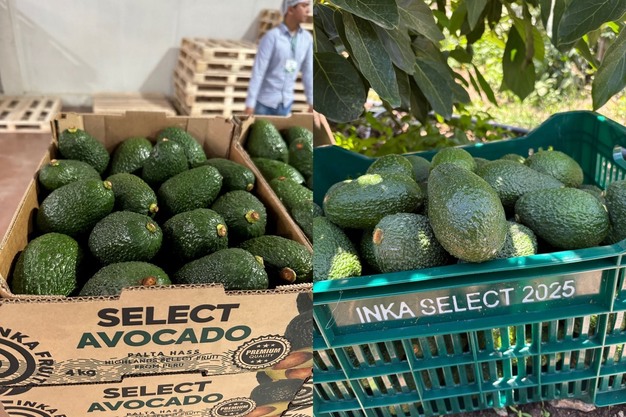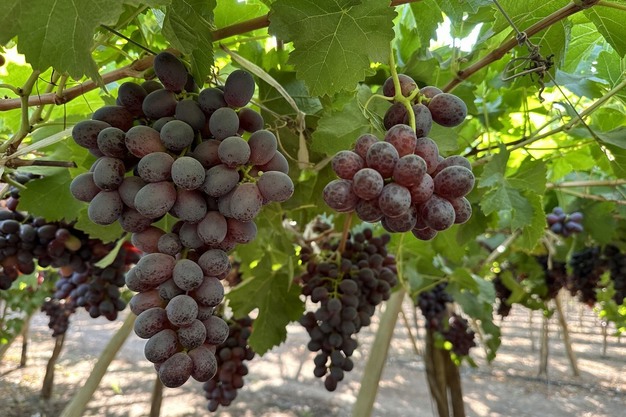The last avocado and grape season in Peru yielded positive results in terms of volume, but also highlighted the sector's challenges, including higher domestic production, increasingly saturated markets, new regulatory requirements, and the need to find alternative destinations. While efforts are underway to explore options outside traditional markets, controlling cadmium in certain crops is becoming a priority to ensure access to the most demanding markets.
 © Inka Select
© Inka Select
Miguel Ángel Obando, the commercial manager of Inka Select Fruit, explained that the recent avocado season was challenging due to the overall increase in volume throughout the industry. Domestically, supply increased by an additional 300 million kilos, a challenge that forced companies to optimize their business strategies. Despite this, the company managed to harvest 7 million kilos and concluded a very good season.
According to Obando, the main goal now is to explore new horizons. "Peru has to look beyond the United States and China for opportunities. The windows are getting shorter, and we need to be increasingly creative to find where the highest profits can be made." Among the emerging markets he mentions are India, the Philippines, South Korea, and Japan, which are becoming increasingly important in Peru's expansion strategy.
Regarding grapes, the company plans to ship 150 containers this season from Arequipa, taking advantage of its early window, which allows it to position itself in weeks with less competition. Obando explains that, while China is becoming less attractive due to increasing local production, Central America is strengthening its role as the main destination for Peruvian grapes, with shipments to Colombia, Honduras, El Salvador, Costa Rica, Panama, and the Dominican Republic. "This is where the opportunities currently lie and the risk is lower," he stressed.
 © Inka Select
© Inka Select
Another important aspect is managing cadmium levels, an element naturally present in certain soils that can restrict access to more regulated markets. "We are working with INIA (National Institute of Agricultural Innovation) to create a heat map identifying areas with the highest incidence," Obando stated. "It is a complex situation: the same tree can bear fruits with cadmium and others without." Additionally, potential sources, such as specific agrochemicals, are being examined to develop effective solutions.
According to Obando, international competition calls for closer coordination among South American producers. "Chile, Brazil, and Peru should operate as a single export hub, sharing information and avoiding oversupplies that affect prices," he stated.
 © Inka Select For more information:
© Inka Select For more information:
Miguel Ángel Obando
Inka Select Fruit
Peru
Tel: +51 991 368 848
Email: [email protected]
www.inkaselectfruit.com
